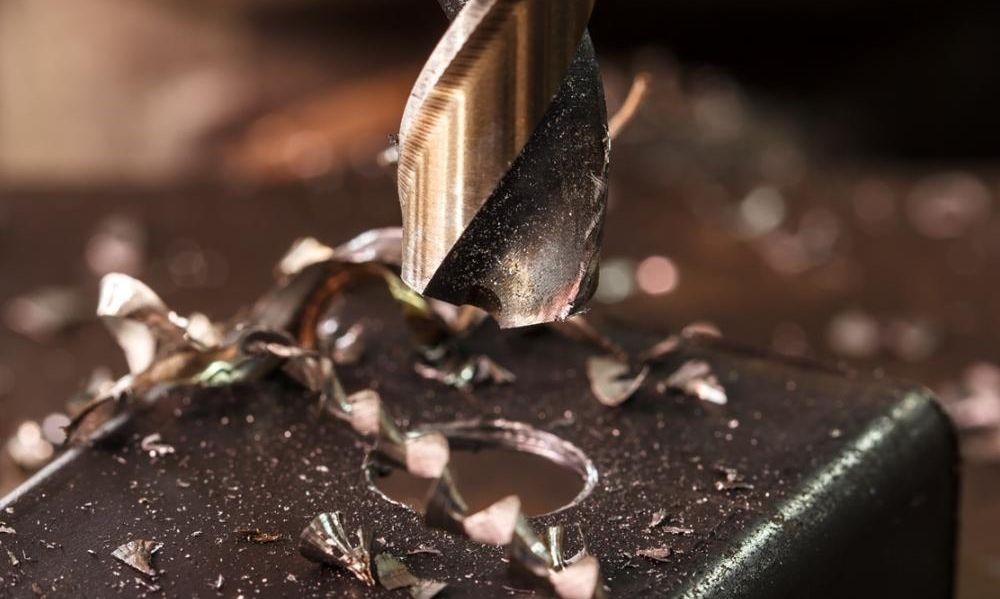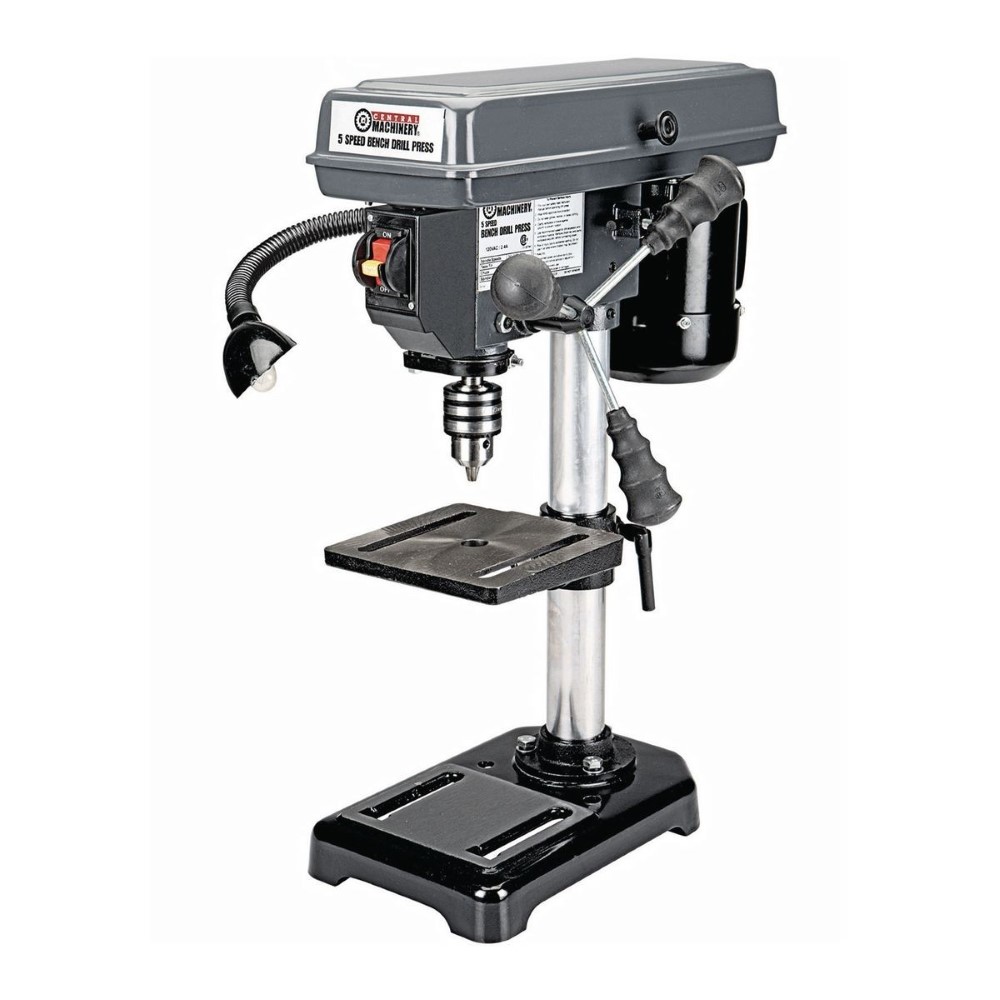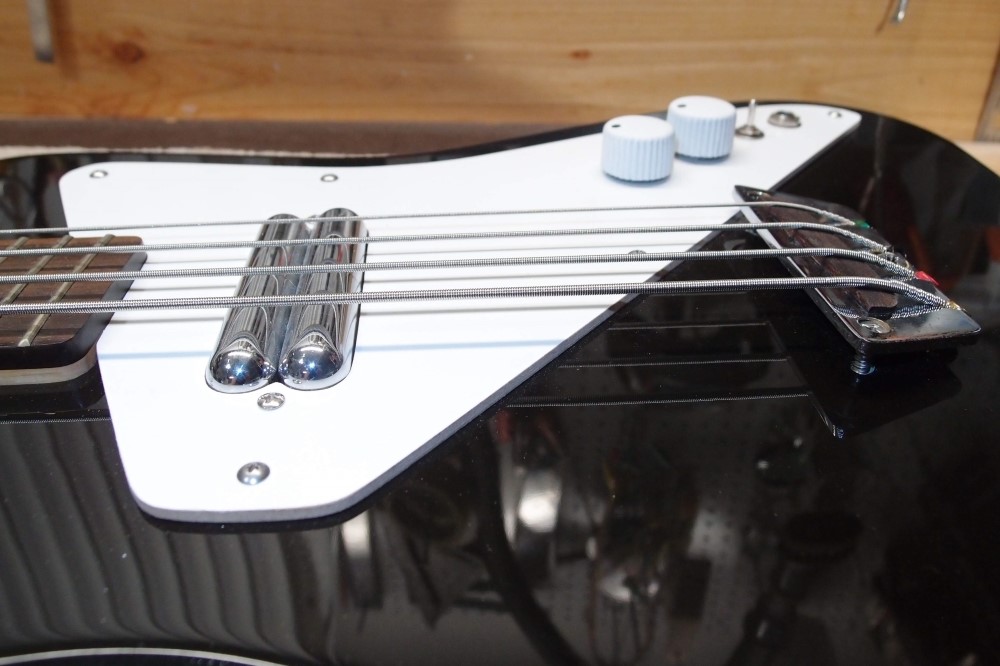Drill Bits

Drill bits are a simple subject, right? Not really. There are many different kinds of drill bits, at many different price points.
The cheapest bits are "Titanium Coated". Sounds great, doesn't it? Titanium !!! Awesome !!! Not really. A titanium-coated bit derives all its sharpness from a thin coating of hard titanium oxide. When that coating wears off, it is done, you cannot sharpen it, the steel underneath is soft and cheap. Such bits are only for use in wood, plastics, and soft metals like zinc, aluminum, and brass. They will not drill steel or chrome, they will be ruined the first time you try. Black Oxide coated bits are the same as titanium.
The best bits are HSS, or "high-speed steel", also known as cobalt steel. These bits will drill anything including mild steels, but not stone. The good thing about them is that they are "the good stuff" all the way through, not coated, and can be re-sharpened when dull. For drilling glass, stone and concrete, you need carbide-tipped bits.
If you are only going to have one set of drill bits, spend the extra money and get HSS or cobalt. If you get any sort of coated set, mark it clearly "Wood Only". Also, get a foot-long 3/16" or 1/4" "aircraft" bit for drilling wire inter-connects in solid bodies.


Questions or Inquiries?
Just want to say Hello? Sign the .